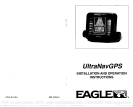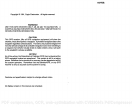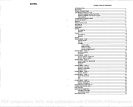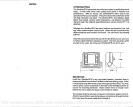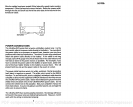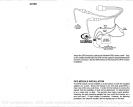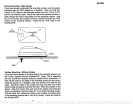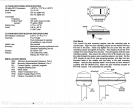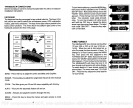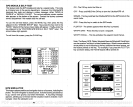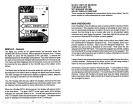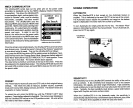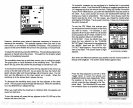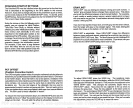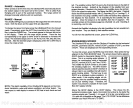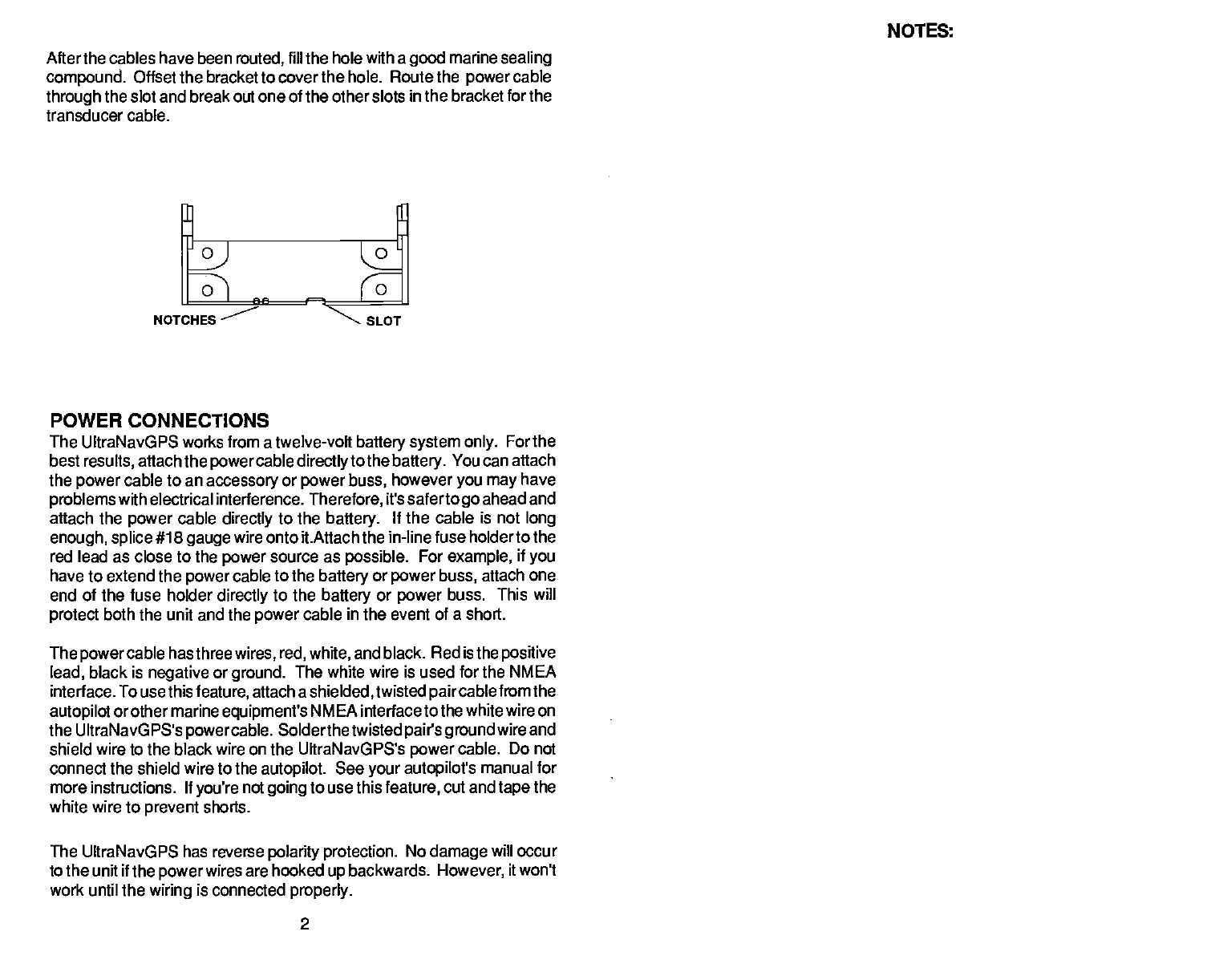
NOTES:
After the cables have been
routed,
fill the hole with a
good
marine
sealing
compound.
Offset the bracket to cover the hole. Route the
power
cable
through
the slot and break out one of the other slots
in the bracket for the
transducer cable.
o
o
0
0
NOTCHES
SLOT
POWER CONNECTIONS
The tJltraNavGPS works from a twelve-volt
battery system only.
For the
best
results,
attach the
power
cable
directlyto
the
battery.
You can attach
the
power
cable to an
accessory
or
power
buss,
however
you may
have
problems
with electrical interference.
Therefore,
it's
safertogo
ahead and
attach the
power
cable
directly
to the
battery.
If the cable is not
long
enough, splice
#18
gauge
wire onto it.Attach the in-line fuse
holderto the
red lead as close to
the
power
source as
possible.
For
example,
if
you
have
to extend the
power
cable
to the
battery
or
power
buss,
attach one
end of the fuse holder
directly
to the
battery
or
power
buss. This will
protect
both
the unit and the
power
cable in the event of a short.
The
powercable
hasthree
wires, red, white,
and black. Red is the
positive
lead,
black is
negative
or
ground.
The
white
wire is used for the NMEA
interface. To usethis
feature,
attach a
shielded,
twisted
paircable
fromthe
autopilot
orother marine
equipment's
NMEA interface tothe white wire on
the UltraNavGPS's
powercable.
Solderthetwisted
pairs ground
wire and
shield wire to the black wire on the UltraNavGPS's
power
cable. Do not
connect the shield wire to the
autopilot.
See
your autopilot's
manual for
more
instructions.
If
you're
not
going
to use this
feature,
cut and
tape
the
white wire to
prevent
shorts.
The UltraNavGPS has reverse
polarity protection.
No
damage
will
occur
to the unit if the
power
wires are hooked
up
backwards.
However,
it won't
work until the
wiring
is connected
properly.
2
PDF compression, OCR, web-optimization with CVISION's PdfCompressor



